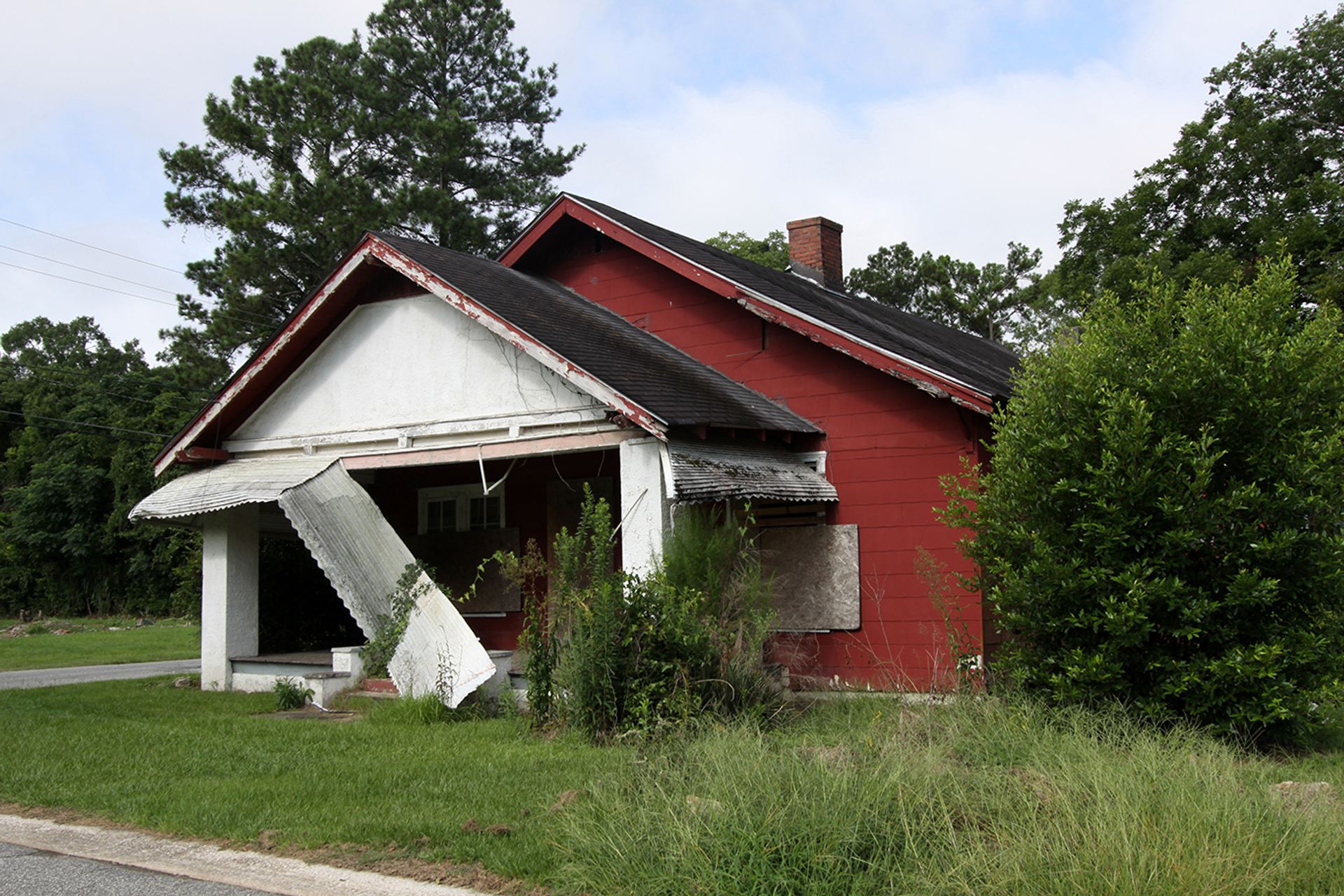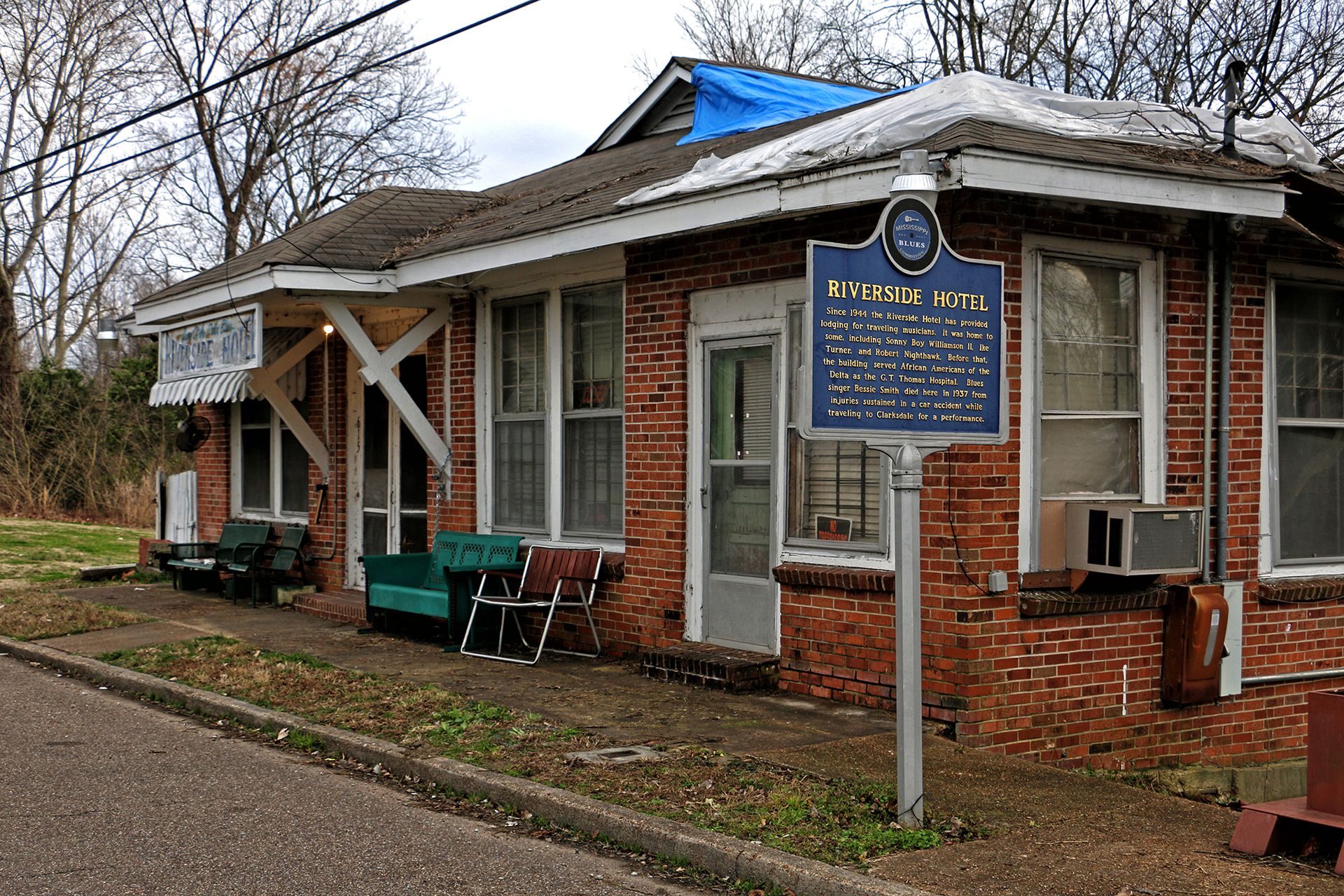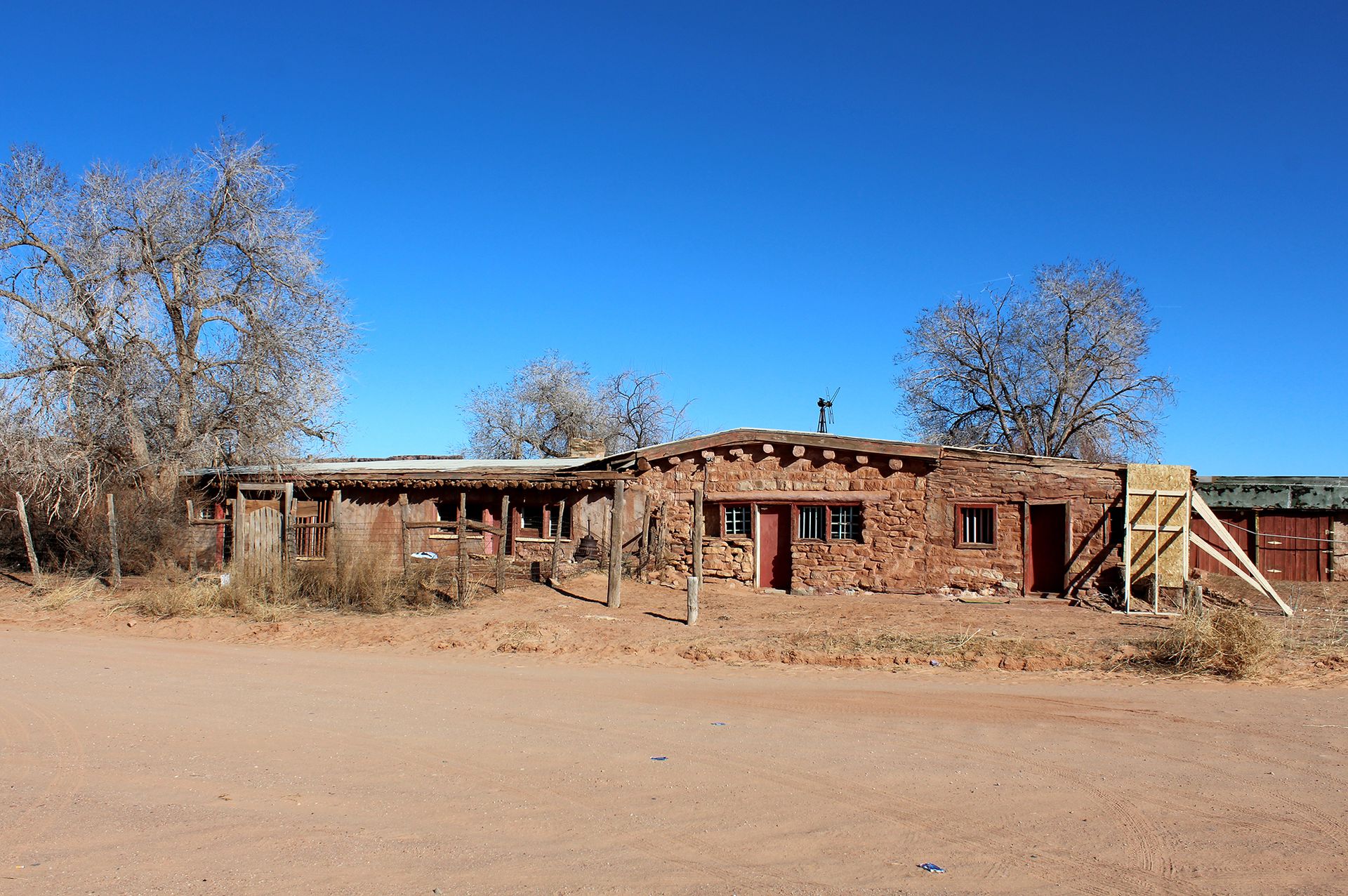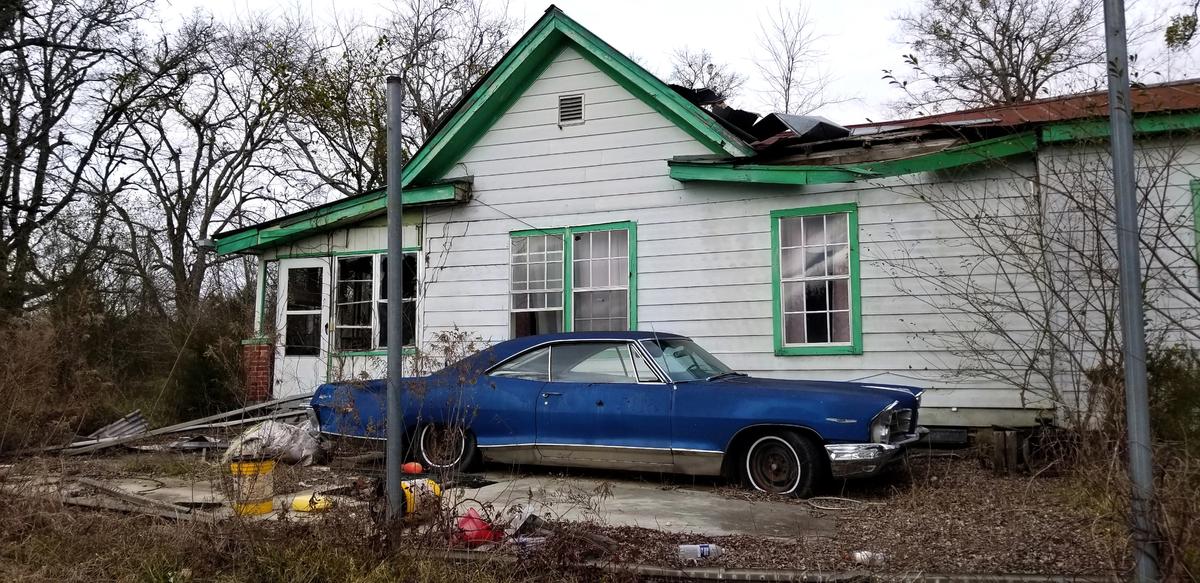From the Alabama farms where civil rights marchers once camped to a Utah trading post for Navajo communities, the National Trust for Historic Preservation today detailed the sites that have been selected for its annual list of America’s 11 Most Endangered Historic Places. The list underlines the trust’s commitment to illuminating neglected corners of history—especially African American and Native American history—and the need to move swiftly lest crucial landmarks be lost.
“Finding places that will tell the full history of our country is a priority in all of our work,” said Katherine Malone-France, chief preservation officer for the trust, in an interview. This year, she adds, the organisation received 120 nominations from 40 states and Puerto Rico before narrowing the list to 11 places.
The trust was seeking to identify sites that not only fill in the historical narrative but are seriously threatened and already have groups mobilised for their preservation, Malone-France says. “We’re also looking for places that could find a solution that might be applicable to other sites around the nation.”
This year’s 11 sites are:
• Selma to Montgomery March Camp Sites, Selma, Alabama (1965)
In March 1965, three African American farmers along a 54-mile route offered their land as overnight camp sites for thousands of civil rights protesters who marched from Selma to Montgomery to campaign for voting rights. Among those demonstrators were Dr Martin Luther King, Jr, Coretta Scott King and congressman John Lewis. “They couldn’t do the march in one day,” Malone-France notes. “These three farm families are American heroes: they showed tremendous courage in a society defined by systemic racism.” The farm properties, still owned by those families, now need stabilisation and repair as well as a means for sharing the stories of courageous farm families.
• Summit Tunnels 6 & 7 and Summit Camp Site, Truckee, California (1865-67)
This camp site evokes the arduous toil of Chinese railroad workers who constructed the Transcontinental Railroad through the Sierra Nevada mountains from 1865 to 1867. Grappling with extremely dangerous terrain and weather while being paid less than white labourers, the workers cut and built railroad beds and dug tunnels for the Central Pacific Railroad authority, making up around 90% of its workforce. “These labourers are excavating 124ft below the surface of the earth through solid granite,” Malone-France says. “They’re working by lamplight and candlelight and using hand tools and nitroglycerin for blasting. These tunnels tell the story of the Chinese labourer who made the Transcontinental Railroad possible.” Vandalism including graffiti currently threatens the tunnels, and visitors have been careless in maneuvering around the archeological artefacts remaining at the site. Protection of the area and historical interpretation for visitors are needed.
• Trujillo Adobe, Riverside, California (1862)
The oldest known building in Riverside, the 1862 Trujillo was built by Lorenzo Trujillo in what was then Mexican territory. Trujillo was a Genízaro, a name given to Native Americans who were captured and sometimes enslaved by Spanish colonists and their descendants. The trust says that Trujillo led expeditions as a scout across the Old Spanish Trail, enabling immigrants to settle inland California, and that his home became the nexus of a community. The Adobe is deteriorating and shielded only by a wooden structure
• Georgia B. Williams Nursing Home, Camilla, Georgia (1945-1970s)
Over several decades, the Black midwife Beatrice Borders used the space to serve thousands of Black women in southwest Georgia during the Jim Crow era, delivering more than 6,000 babies. It was the only known birthing centre of its kind amid challenging economic and living conditions in a racially oppressive region. Now vacant and uninhabitable, it has suffered water damage and deterioration, and local advocates are campaigning to rehabilitate it as a museum and educational centre.

The former Georgia B. Williams Nursing Home in Camilla, Georgia Rebbecca Fenwick
• Morningstar Tabernacle No. 88 Order of Moses Cemetery and Hall, Cabin John, Maryland (1885)
In 1885, the site was established next to a post-Emancipation Black settlement known as Gibson Grove. Residents, some of whom had been enslaved, established a benevolent society to care for the sick and destitute, bury their dead and provide support to the local community. Known burials have been dated from 1894 to 1977. Highway construction in the 1960s ran through Gibson Grove and razed part of the cemetery site, and today foundations are all that remain of Moses Hall. The trust says the cemetery is now further threatened by an expansion of the Washington, DC-area Beltway, and neighbours and descendants are campaigning to save the site by blocking that part of the construction project.
• Boston Harbor Islands (undated)
The Boston Harbor Islands, part of a national and state park, present a trove of historical material dating back 12,000 years, including what the trust describes as the most intact Native American archaeological landscape in Boston as well as Fort Standish, completed in 1907, and the Boston Light, built in 1716 and then battered by storms and repeatedly reconstructed. Climate change and a rise in sea levels are intensifying storm surges, creating a need to protect archaeological and other historic sites before their stories are lost.
• Sarah E. Ray House, Detroit (1967)
In a crucial 1948 decision, the US Supreme Court ruled in favour of Sarah Elizabeth Ray, who had filed a racial discrimination suit after a steamboat that carried passengers to an island amusement park in Detroit ejected her because she was Black. Ray’s civil rights work continued, and in 1967 she and her husband opened a community centre to stabilise their neighbourhood after the Detroit riots, promote racial tolerance and enrich the lives of local children. The house next door, where Ray lived until her death in 2006, is vacant and deteriorating but still contains her papers, photographs, books and memorabilia. A local effort is underway to save it and its contents and to promote Ray’s story.
• The Riverside Hotel, Clarksdale, Mississippi (1944)
Z.L. Ratliffe opened the hotel as one of the few boarding houses for Black roomers in the Jim Crow era and eventually extended it to include 20 guest rooms over two floors. It is a landmark of musical history, having hosted Muddy Waters, Sam Cooke, Howlin’ Wolf and Duke Ellington. It is the only hotel related to blues history that is still Black-owned in Clarksdale. Malone-France views its history as a largely untold story–“the birthplace of rock and roll”–where talent was nurtured in a cauldron and musicians held practice sessions in the basement. After storm damage last year, it needs significant rehabilitation, and its owners are seeking partnerships and funding to repair and reopen it as a destination for blues fans including musicians and tour groups.

The Riverside Hotel in Clarksdale, Mississippi, where renowned blues musicians stayed and the seeds for rock and roll were planted Jai Williams
• Threatt Filling Station and Family Farm, Luther, Oklahoma (starting in early 1900s)
The Threatt family began selling produce from their 150-acre farm outside Luther in the early 1900s and later incorporated a gas station, ballfield, outdoor stage and bar. The trust says that during decades of segregation, the filling station was the only one known to be Black-owned and operated along historic Route 66–once called America’s “Mother Road”–and that the farm is said to have provided refuge to Black Oklahomans who were displaced by the destruction of a Tulsa neighbourhood by a white mob in 1921. Malone-France says that like the Selma-to-Montgomery camp sites, the site is a historical marker of farm ownership by African Americans. “By 1920, 14% of all landowning families are black–today it’s 1%,” she says. What is more, she adds, the story of the sole black-owned gas station along Route 66 “needs to be carried forward”. The Threatt family hopes to restore and revitalize the filling station and bar in time for the 2026 centennial of Route 66.
Oljato Trading Post, San Juan County, Utah (1921)
Like other trading posts in Navajo communities, the Oljato was a mainstay that offered a broad assortment of goods, giving Navajo producers a place to sell or trade their products, and also served as a community centre and social hub. Built in 1921 by a licensed white trader, the complex includes a trading room, a living area, storage for wares and a traditional hogan, or sacred home, for people spending the night. Owned by Oliato and Navajo, the deteriorated site needs $1.3m for rehabilitation so it can serve the community and draw tourists.

The Olijato Trading Post in San Juan County, Utah, once a mainstay for a Navajo community Steven Cornell/Utah State Historic Preservation Office
Pine Grove Elementary School, Cumberland, Virginia (1917)
Built in 1917 as part of the Rosenwald School network for African American education, the two-room Pine Grove Elementary School also served a Black agricultural community as a centre for education, programmes and, ultimately, civil rights. “There were plays and oratories, spelling bees, Black history presentations, turkey shoots,” Malone-France says. “It was the beating heart of that community.” After closing in 1964, the building was saved twice by Black community leaders, alumni and descendants of alumni. Now they hope to use it as a community centre, but that goal is threatened by the proposed construction of a landfill just 1,000 ft away that would accept up to 5,000 tons of waste daily and operate 24 hours a day, six days a week.
Designation on the 11 Most Endangered Historic Places List can be a path to both preservation and recognition. The trust estimates that fewer than 5% of the more than 300 places identified since the list was created in 1988 have been lost. “This list draws attention to historic places we must protect and honour—not only because they define our past, but also because the stories they tell offer important lessons for the way forward together,” says Paul Edmondson, president of the trust.


